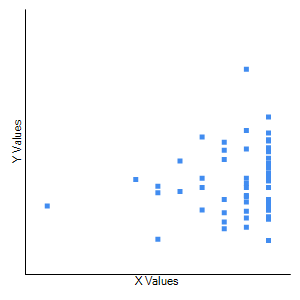Emergency Medicine 14
Session: Emergency Medicine 14
575 - Relationship between pain stimuli and anxiety and heart rate in pediatric patients.
Monday, April 28, 2025
7:00am - 9:15am HST
Publication Number: 575.6443
Nobuaki Inoue, Saitama Medical Center, Kawagoe, Saitama, Japan
- NI
Nobuaki Inoue, MD, MPH (he/him/his)
professor in pediatrics, pediatric emergency medicine, and global health
saitama medical university
Kawagoe, Saitama, Japan
Presenting Author(s)
Background: Vital signs are very important information when assessing the general condition of pediatric patients. Heart rate is one of the most important vital signs in clinical practice, as it is included in the diagnostic criteria for Systemic Inflammatory Response Syndrome (SIRS) as well as acuity assessment. Heart rate is also known to increase with fever and dehydration. Painful stimuli also increase heart rate, but previous studies have used fluctuations in heart rate and RR interval to assess pain levels, not the extent to which painful stimuli or anxiety affect the increase in heart rate in pediatric patients.
Objective: This study was conducted to evaluate the degree to how much pain stimuli and anxiety affect the increase in heart rate in pediatric patients.
Design/Methods: Among the patients who undergo suturing, a painful procedure, and whose heart rate was within ±1 SD of normal at the time of initial triage, those between 6 months and 6 years of age with no underlying disease that could affect heart rate were included. Pain levels were assessed using the FLACC (face, legs, activity, cry, cosolability) scale, which evaluates the level of pain in infants and children during procedures, and changes in heart rate during painful procedures were transcribed from the cardiac monitors.
Results: Data were collected from 188 subjects, of which 9 subjects with incomplete data were excluded, resulting in a total of 179 subjects. The median age of the subjects was 36 months (interquartile range: 36~49.5 months), and the median FALCC scale was 7 (interquartile range: 4~10). The median rate of increase from the lowest to the highest heart rate during the observation period was 44% (interquartile range: 24~63%), and 4% (8 subjects) had an increase in heart rate of more than 100%. The highest heart rate was 232 beats/min, and 31% (55 subjects) reached a heart rate above the upper limit for their age group as defined in Pediatric Advanced Life Support (PALS). The correlation coefficient between the rate of heart rate increase and the FLACC scale was 0.6.
Conclusion(s): Painful stimuli and anxiety caused a marked increase in heart rate in pediatric patients. Because heart rate sometimes more than doubled, it is imperative to minimize anxiety and pain to minimize their effects on the circulatory dynamics of pediatric patients.
Correlation between HR difference rate and FLACC scale
 X: FLACC scale, Y: Heart Rate difference
X: FLACC scale, Y: Heart Rate difference
